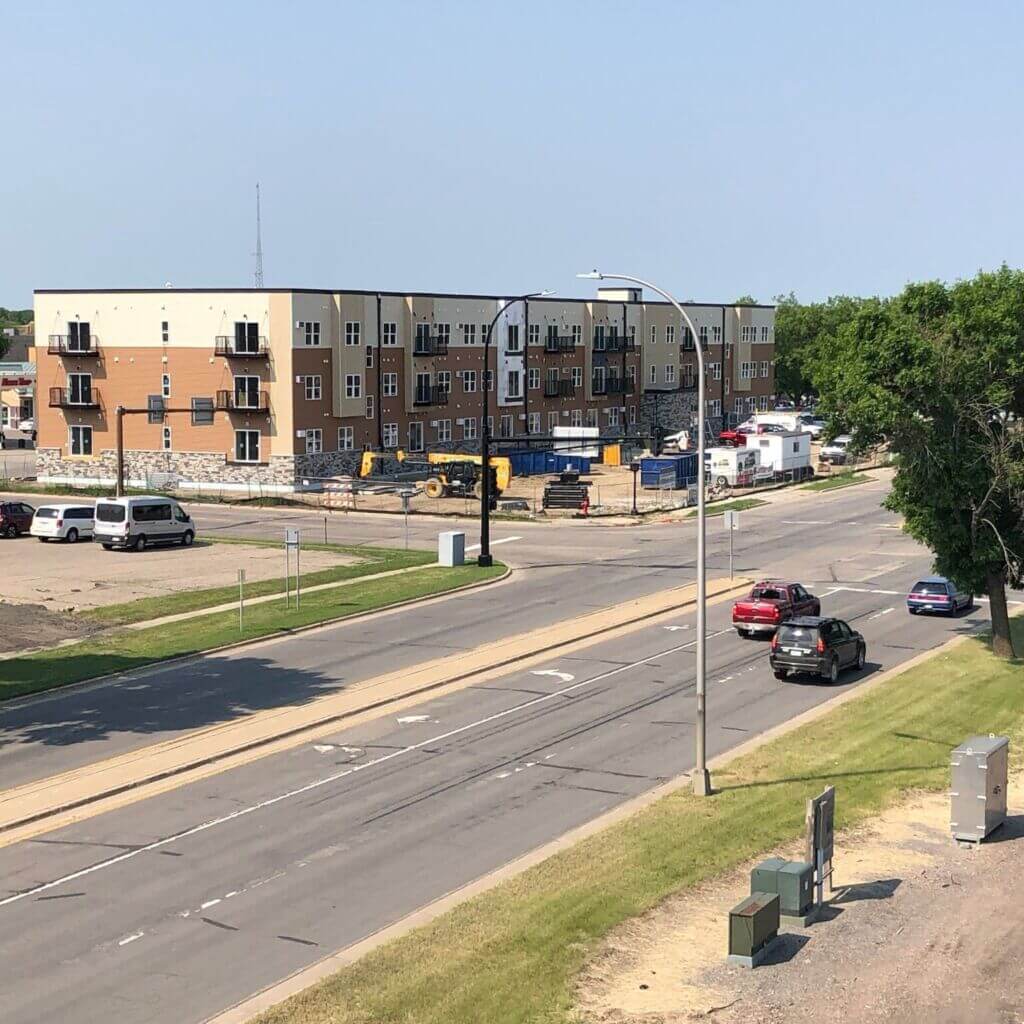HOUSING CASE STUDIES
OUR 2025 LEGISLATIVE PRIORITIES
Support solutions to Greater Minnesota's housing challenges.
- Advocate for additional funding for the Workforce Housing Development Program for FY26-27 and support policy changes that better allow the program to leverage the State Housing Tax Credit Program.
- Support ongoing funding for Local and Statewide Affordable Housing Aid.
- Advocate for ongoing funding for the Greater Minnesota Housing Infrastructure Grants Program.
- Support additional funding for the Challenge Program for FY26-27.
- Advance changes to housing TIF requirements that make the program more accessible for Greater Minnesota communities.
- Oppose one-size-fits-all zoning and land use mandates on cities and advocate for policies that allow communities to tailor these policies to their individual needs while supporting housing development.
WHO NEEDS HOUSING?
An increasing number of job vacancies means employers are looking for workers, and many point to a lack of appropriate housing as a significant obstacle to attracting and retaining employees. Communities across Greater Minnesota are feeling the pressure to add more housing to serve new workers and their families.
EXISTING HOUSING STOCK IS TIED UP
A healthy level of housing churn is key to meeting a community's housing needs. In rural areas, older people and their families tend to move less than their urban and suburban counterparts, and they also represent a larger percentage of total households. This means there are fewer single-family homes available for younger workers and families, and results in shortages across the housing spectrum.
RISING COSTS PUT HOUSING OUT OF REACH
The cost to construct new homes or rehabilitate existing housing has risen sharply over the past several years. In many rural areas with lower property values, the cost to construct a new home can easily outstrip the appraisal price. It's also gotten more expensive to buy a home, with rising home sale prices and mortgage rates putting even "starter homes" out of reach for many families.


